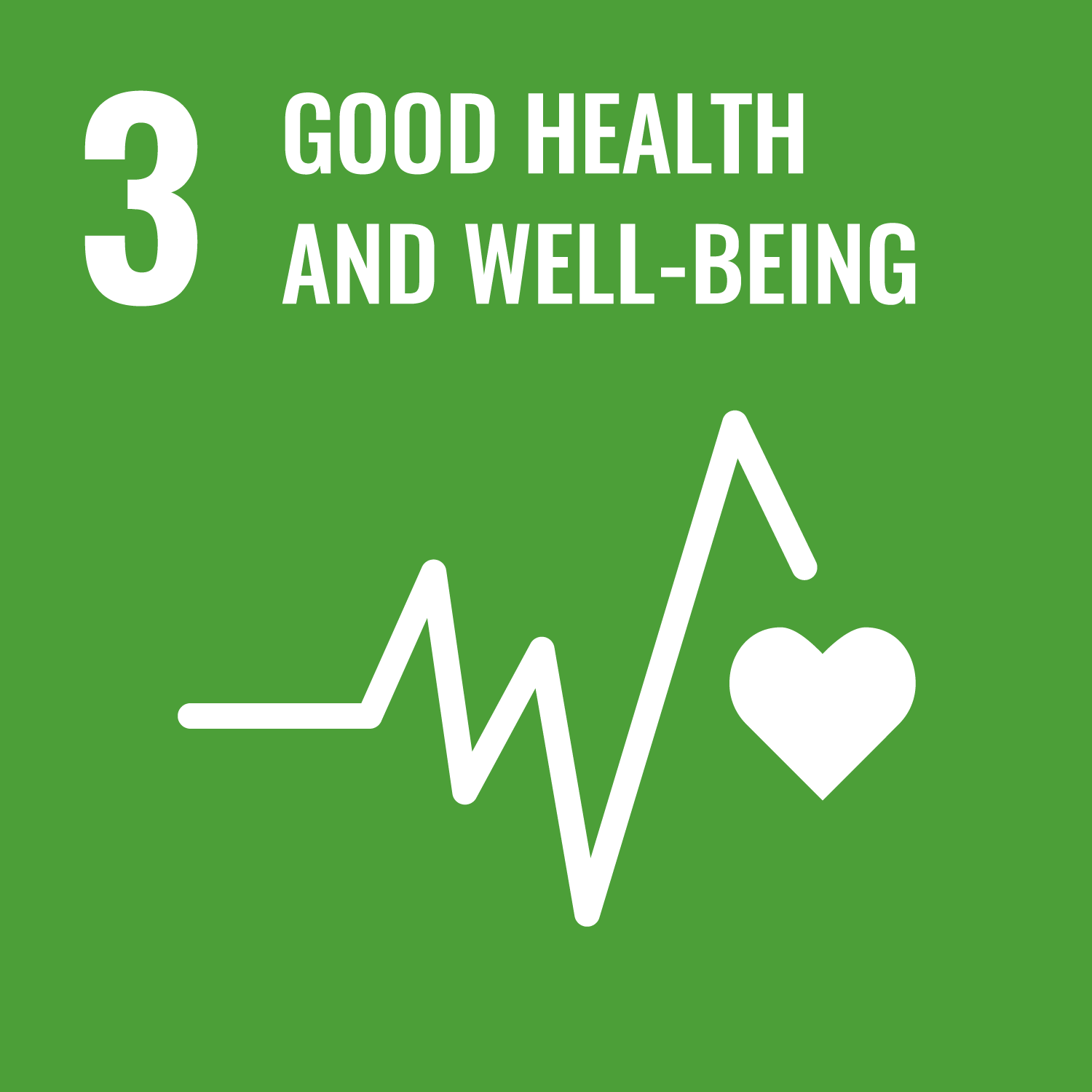Pope, C. orcid.org/0000-0002-7856-6042, Cochrane, M. orcid.org/0000-0003-1856-3293, Clement, C. orcid.org/0000-0002-5555-433X et al. (17 more authors) (2025) Challenges to overcome in a randomised trial for Proper Understanding of Recurrent Stress Urinary Incontinence Treatment in women: the PURSUIT RCT. Health Technology Assessment. ISSN: 1366-5278
Abstract
Background
Recurrence or persistence of symptoms after interventions to treat stress urinary incontinence in women is common, but without robust evidence to base treatment recommendations.
Objectives
To investigate whether endoscopic or surgical treatments for stress urinary incontinence in women are effective and cost-effective.
Design
A multicentre, unblinded, parallel-group randomised controlled trial.
Setting
Fifteen centres across the United Kingdom.
Participants
Adult women with recurrent or persistent stress urinary incontinence.
Intervention
Individual randomisation to endoscopic (urethral bulking) or surgical (autologous sling, colposuspension, artificial urinary sphincter) interventions. Women randomised to surgery chose their operative intervention.
Main outcomes
Primary outcome self-reported International Consultation on Incontinence Questionnaire-Urinary Incontinence-Short Form at 1 year post randomisation. Secondary outcomes included International Consultation on Incontinence Questionnaire-Urinary Incontinence-Short Form, Patient Global Impression of Improvement and Pelvic Organ Prolapse/Urinary Incontinence Sexual questionnaires up to 3 years post randomisation, operative assessment measures and adverse events, cost-effectiveness from National Health Service and societal perspectives (quality-adjusted life-years and International Consultation on Incontinence Questionnaire-Urinary Incontinence-Short Form) at 1 year, and a secondary care perspective (quality-adjusted life-years) at 3 years. Semistructured qualitative interviews at baseline (post randomisation), follow-up (3–6 months) and longer-term (12 and 36 months), to explore stress urinary incontinence generally, the acceptability and attitudes to treatments and to improve understanding of outcomes. Qualitative interviews with clinicians at baseline were focused on potential difficulties of recruitment and optimising patient-facing information and training materials for clinicians.
Results
Fifty-five women were deemed eligible after screening (n = 328 screened) from October 2019 to June 2022. Twenty-four eligible women consented, and 23 were randomised (between January 2020 and July 2022) from 8 sites with the average age of 57 years (standard deviation: 10.7) and all self-reported ‘white’ ethnicity. Participants reported a median International Consultation on Incontinence Questionnaire-Urinary Incontinence-Short Form score at baseline of 16 (interquartile range: 13–19) and mean post-void residual volume of 4.64 ml (standard deviation: 8.45). Eleven participants received their allocated intervention, 2 participants withdrew prior to receiving their intervention and 10 were waiting for their intervention when the study closed. The most common reason for declining participation was a treatment preference (n = 14). Recruitment training sessions and recruitment tips documents were developed and implemented to address challenges centred around patient treatment preferences and clinicians’ equipoise. However, the most important recruitment challenge was the low number of eligible patients, driven primarily by the COVID-19 pandemic preventing referrals and surgery, and related wider issues in the National Health Service which led to study closure in January 2023.
Conclusion
In its early stages, the initial recruitment rate was on target (four participants randomised in the first 3 months of recruitment), but once the pandemic started, the study was unable to recruit and so closed early. The main limitation was the occurrence of the global pandemic soon after the commencement of recruitment, profoundly affecting service delivery and patient presentations. Under normal healthcare service conditions, the study may be deliverable.
Limitations
Failure to recruit under pandemic conditions rendered the study unfeasible.
Future research
Practical experience with the study and development of patient-facing and staff training materials will help delivery of the study once patient referrals and healthcare services fully return to normal.
Funding
This synopsis presents independent research funded by the National Institute for Health and Care Research (NIHR) Health Technology Assessment programme as award number 17/95/03.
Metadata
| Item Type: | Article |
|---|---|
| Authors/Creators: |
|
| Copyright, Publisher and Additional Information: | © 2025 Pope et al. This work was produced by Pope et al. under the terms of a commissioning contract issued by the Secretary of State for Health and Social Care. This is an Open Access publication distributed under the terms of the Creative Commons Attribution CC BY 4.0 licence, which permits unrestricted use, distribution, reproduction and adaptation in any medium and for any purpose provided that it is properly attributed. See: https://creativecommons.org/licenses/by/4.0/. For attribution the title, original author(s), the publication source – NIHR Journals Library, and the DOI of the publication must be cited. |
| Keywords: | Health Services and Systems; Public Health; Health Sciences; Behavioral and Social Science; Cost Effectiveness Research; Clinical Trials and Supportive Activities; Clinical Research; Comparative Effectiveness Research; Health Services; Patient Safety; Minority Health; Prevention; Urologic Diseases; Renal and urogenital; Good Health and Well Being |
| Dates: |
|
| Institution: | The University of Sheffield |
| Academic Units: | The University of Sheffield > Faculty of Medicine, Dentistry and Health (Sheffield) > School of Medicine and Population Health |
| Depositing User: | Symplectic Sheffield |
| Date Deposited: | 23 Jul 2025 10:29 |
| Last Modified: | 23 Jul 2025 10:31 |
| Status: | Published online |
| Publisher: | National Institute for Health and Care Research |
| Refereed: | Yes |
| Identification Number: | 10.3310/akak8992 |
| Sustainable Development Goals: | |
| Open Archives Initiative ID (OAI ID): | oai:eprints.whiterose.ac.uk:229565 |


 CORE (COnnecting REpositories)
CORE (COnnecting REpositories) CORE (COnnecting REpositories)
CORE (COnnecting REpositories)